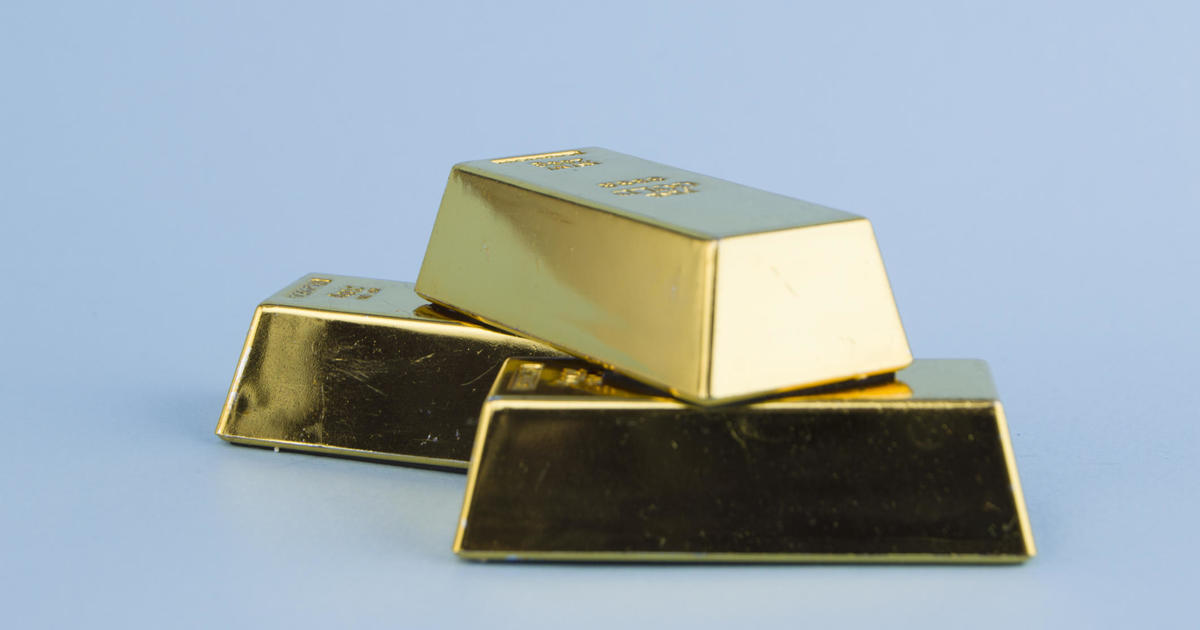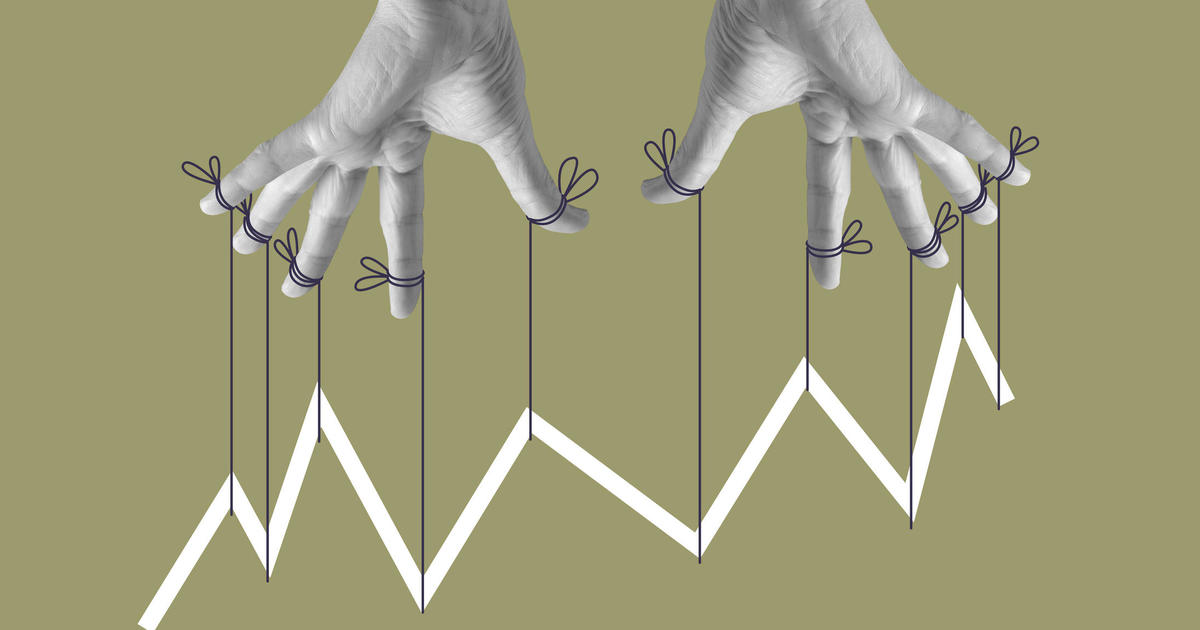"Sell in May" warning has extra weight this year
On the face of it, a single day's action shouldn't matter much to the average stock investor. But yesterday's drop on Wall Street shows why it's different this time. Despite a big jump to start Monday's trading, thanks to a major merger deal and solid tech earnings, sellers won the day.
As May begins, 2018 has so far been a disappointment -- with the S&P 500 down 1 percent so far. And the blue-chip Dow is off 2.4 percent heading into what's historically the worst six months of the year for stocks.
Remember "Sell in May" and all of that? The trouble is: History suggests a weak start to the year makes the worst six months even more painful. Midterm election years (like 2018) also trend to be a drag.
This will be a shock to many, given that stocks have actually risen between April and October in five of the last six years. Moreover, earnings growth is strong, economic growth is steady and the job market is firing on all cylinders.
But history should not be ignored.
According to LPL Financial, since 1950 the S&P 500 has gained just 1.5 percent between May and October and has risen only 63 percent of the time. Compare that to the November through April period (best six months), during which stocks have gained an average of 7.1 percent and risen nearly 77 percent of the time.
For midterm election years, the win rate for the worst six months drops to just 53 percent. SentimenTrader noted that investors haven't had to deal with a year-to-date loss in stocks through April since 2009.
When stocks had performed well through the beginning of the year, the S&P 500 showed a positive return during May-October 74 percent of the time, with an average gain of 4 percent. But for the years stocks were down, the S&P 500 rallied just 44 percent of the time, racking up an average loss of 2.9 percent.
Probably the single-largest fundamental catalyst for any weakness through the rest of this year comes from the Federal Reserve and the specter of an accelerating policy tightening pace. Especially with crude oil pushing toward the $70-a-barrel threshold.
Another Federal Reserve announcement about monetary policy is coming on Wednesday. No rate hike is expected (although the odds aren't zero, but 6.7 percent). The Street is penciling in a rate hike in June.
Looking through to the end of the year, the odds of two or fewer rate hikes (considered the baseline "dovish" outlook) now stands at 53.6 percent, down about 10 percentage points over the past month amid hawkish comments from Fed officials and a tailwind of inflationary pressures. The odds of three or more hikes is now at 46.5 percent, up from 32.1 percent a month ago.




